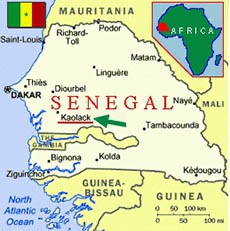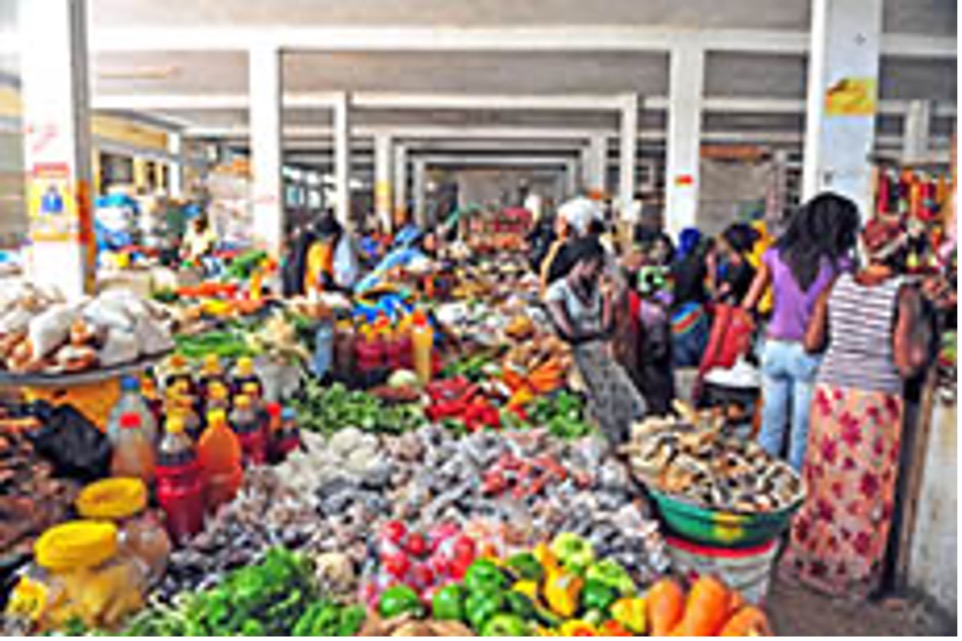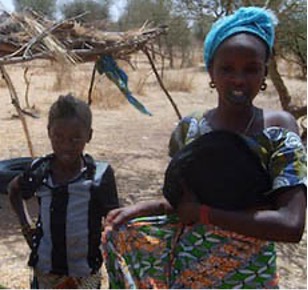The Republic of Senegal, located in West Africa, is bordered by the Atlantic Ocean to the West, Mauritania to the North, Mali to the east and Gambia to the south. Senegal has a population of 12.5 million, about 70 percent of whom live in rural areas. Senegal gained its independence from France on April 4, 1960, and is committed to democracy. The president is elected every five years, by a vote of adults over the age of 18.
Senegal has a wide variety of ethnic groups and several languages are spoken. The Wolof people are the largest single ethnic group in Senegal accounting for 43 percent of the populace, and Wolof is the language spoken most often by the people although French is the official language. The Muslim faith is adhered to by 95 percent of the population, and most Senegalese children study Koran at a Daara for several years. Unfortunately, only sixty percent of the population is literate.
Dakar, the capital city with a population of a million, sits on Cape Vert Peninsula overlooking the Atlantic Ocean. The Gross Domestic Product (GDP) of Senegal is about 11 billion. Industry and mining account for 22% of GDP and agriculture represents another 15%. The primary products are peanuts, millet, rice, cotton, and vegetables. Senegal’s currency, the CFA franc, is linked at a fixed rate to the Euro and trade accounts for 15% of GDP. France is the largest export partner. Kaolack, the second largest city with a population of 200,000 is located 100 miles inland of Dakar. Kaolack is the commercial center of the richest peanut area in Senegal. Kaolack is home to a plant that makes salt from evaporated seawater, and a peanut oil refinery. The population of Senegal is poor with about 1/4 of the population living below the international poverty line of $1.25 U.S. per day. Of the 275 countries in the United Nations Human Development Index, Senegal is poorly situated at 156th from the top.
Road conditions in Senegal range from adequate to poor. Paved roads link most major cities but are often in poor repair. Night driving is discouraged since roadside lighting is poor. Train service is unreliable due to poor track quality and the train from Dakar to Bamako in Mali only departs every 8 or 9 days and runs on no set schedule. The weather in Senegal is generally hot and humid all year. There are two seasons: the rainy season from June to October and the dry season between November and May. Humidity is highest during the rainy season and sea temperatures are warmer during this period. Rainfall varies from 12 inches (300mm) in the extreme north to 59 inches (1,500mm) in the far south. Senegal has well trained and disciplined armed forces consisting of about 17,000 personnel. The Senegalese military receives most of its training equipment and support from France and the United States. Senegal enjoys an excellent relationship with the United States.




Comments are closed.